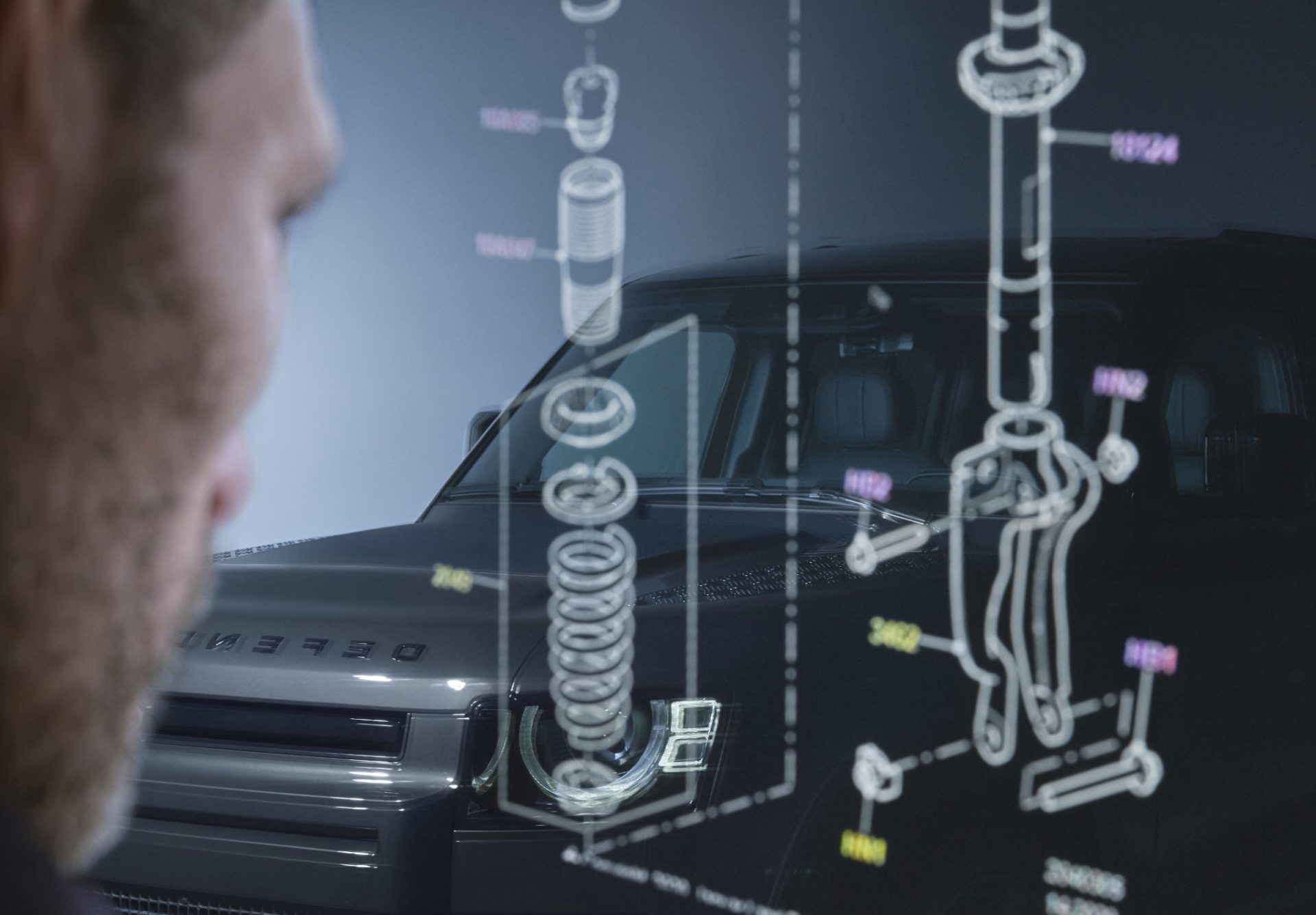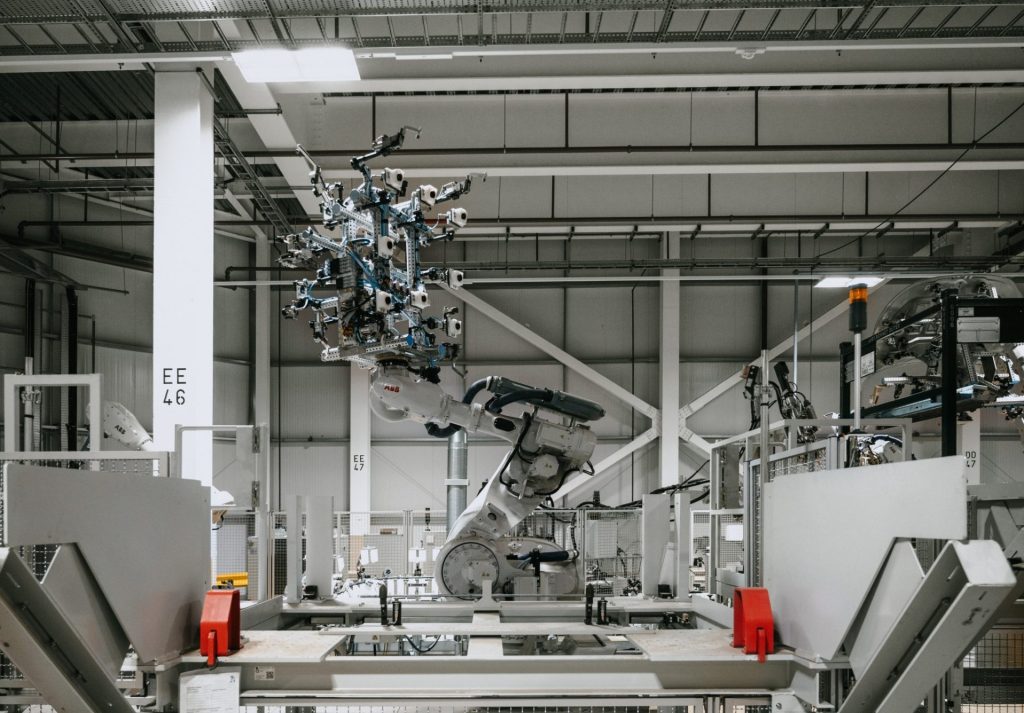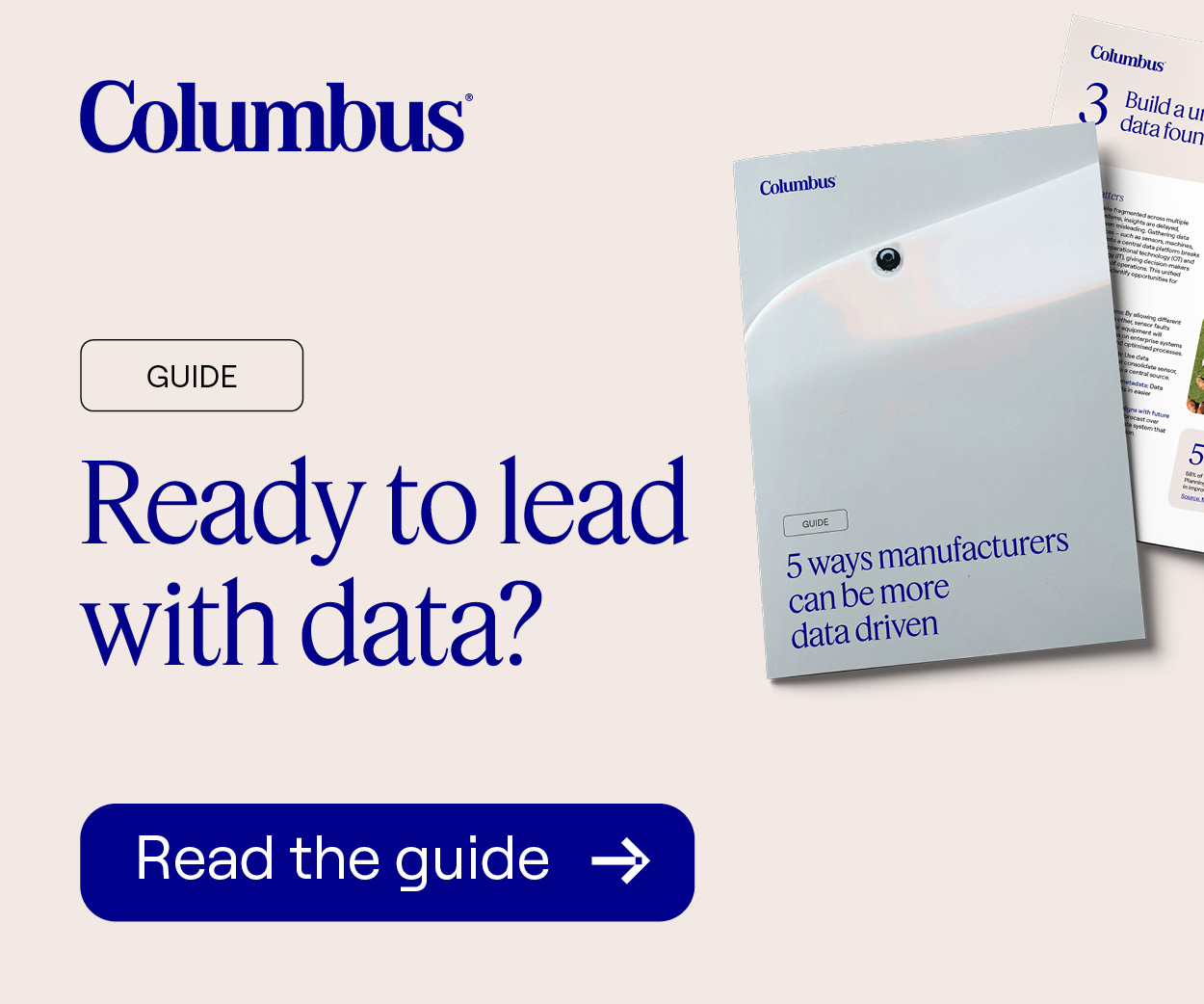Jaguar Land Rover (JLR) launched is Reimagine Strategy back in 2021 – a pathway outlined by the company to achieve modern luxury with sustainability at its heart, ultimately culminating in the ambition for the business to be net zero by 2039, across its product operations and supply chain.
Alison Nuttall, Head of Sustainability Global Affairs at JLR, leads on the company’s global advocacy initiatives in the areas of climate change, ESG regulatory requirements and broader sustainability goals. The Manufacturer Editor Joe Bush sat down with her to discuss the company’s progress on its net zero journey, the electrification agenda and what challenges have been faced along the way.
Key takeaways
- JLR’s net zero vision is anchored by a long-term, evolving strategy
- Electrification is key but adoption is slower than expected
- AI, digital twins, and smart metering are central to JLR’s sustainability approach
- The Circularity Lab in Gaydon is a major innovation hub, helping redesign vehicles for end-of-life recyclability
- Sustainability and profitability can coexist
FAQs
- What is Jaguar Land Rover’s Reimagine Strategy?
- What are the key milestones in JLR’s electrification roadmap?
- How is technology, including AI and data, contributing to JLR’s sustainability efforts?
- What is the purpose of JLR’s Circularity Lab, and what has it achieved so far?
- How does JLR balance sustainability with profitability and operational challenges?
The shaping of JLR’s sustainability strategy
When launching the Reimagine Strategy and establishing its net zero ambitions, JLR has focused on three key pillars:
- Planet regenerate: carbon emissions, circularity, nature and biodiversity.
- Engaged for good: the positive impact the company can have beyond its own value chain.
- Responsible business: going above and beyond compliance, being a front runner in the space and operating with integrity.
“We set out these pillars at the very start, but of course, they have evolved over time,” said Alison. “It’s something of a cliché, but sustainability is very much a journey. When we announced our net zero ambitions in 2021 that marked the start of an 18 year roadmap, but even in the four years since, we’ve been able to take our learnings and deploy them back into the business in order to drive change.”
She explained that in the short time since the launch of the Reimagine Strategy, change has been integrated into existing processes, business planning and a lot of education and training. So, although the first few years of the strategy have been very foundational, there has also been some notable achievements, successes and milestones that have enabled JLR to learn and evolve. Since the launch of the strategy, JLR has reduced its absolute carbon emissions across product, supply chain and operations by 20.7% whilst embedding the principles of sustainability into the business.
Alison added: “All strategies have to pivot with market demands, external headwinds and internal changes, but by establishing those clear foundations, we are now in a good position to be able to evolve and become more robust. It’s very much a maturation journey.”
Indeed, in terms of electrification, BEV adoption over the last few years has not ramped up as JLR expected, both in terms of government priority and customer adoption. However, despite this unexpected disruption, Alison emphasised that JLR’s end goal is very clear and the destination hasn’t changed.

Electrification
She explained that JLR has three key milestones on its electrification roadmap. The first is to have a pure battery electric vehicle (BEV) available in all brands by 2030; to achieve zero tailpipe emissions by 2036; and carbon net zero by 2039.
“The electrification of our product portfolio is huge because our tailpipe emissions are currently our biggest,” she added. “However, we’ve also had to look beyond our product portfolio, at supply chain transformation, and the end-to-end value chain; not just from the perspective of decarbonisation, but also in terms of circularity and human rights – and much of that stems from traceability and transparency.”
Greater supply chain visibility is something that has become paramount for manufacturers in recent years, as the disruption of the broader geopolitical landscape has impacted the sector. However, by starting from a position of data transparency, manufacturers can not only better recognise opportunities, but can identify risks, challenges and deploy mitigation measures.
As well as emissions from JLR’s product portfolio and supply chain, a third key pillar of decarbonisation is of course, the company’s own operations; how it is shifting to more circular principles, and ensuring that the business is in a position to meet climate risks. “These are all critical steps on our net zero journey,” added Alison. “And our own operations give us the opportunity to lead by example. It also provides the integrity and the licence to request the same of others.”
The role of technology
Alison was in no doubt about the role of technology on the sustainability journey. “It’s absolutely critical,” she said. “It’s been said that the sustainability transformation is actually a data transformation. We really see that at JLR; data has to be at the core of the sustainability agenda as it underpins the ability for us to change. It not only provides the insights into how we can be more efficient and where the current gaps are, but also the ability to trial new technologies and scenarios.”
For example, digital twins are not strictly a new technology, but when used in factories or within supply chains, they allow businesses like JLR to run scenarios and actually understand what change could look like, without disrupting operations. So, technology like this is critical to ensure seamless production at the same time as being able to implement change.
Of course, we couldn’t talk about the deployment of technology without mentioning AI. And in much the same way, Alison believes it has a key role to play, despite the fact that AI in sustainability is not without its challenges.
However, when it comes to supply chain mapping, identifying risk, profiling energy consumption and demand needs, there is clear potential for AI to accelerate the net zero journey.
“We just need to be selecting and deploying AI carefully,” warned Alison. “There are many amazing innovation and technology solutions out there. But how we select the right ones that are ready to be implemented and scaled is a key challenge for our teams.”
The opportunities and challenges of data
Like many manufacturers, JLR has encountered a data challenge within its own operations in the form of legacy systems. The company’s Halewood site near Liverpool is a facility that’s over 60 years old and understandably, it is a site that has evolved over time with a variety of additions and bolt-ons. Data is coming from a variety of disparate locations; some newer than others.
How all that data is aggregated and digitalised is no easy task. “Previously some data would have come from people manually using clipboards,” Alison added. “So how do we go through all of our operations to ensure that it’s digitalised, and then fed into a system that’s able to turn that data into usable, meaningful insights?”
Quite a daunting prospect. However, it is also a journey where JLR has made some incredible progress, and within the last couple of years, the company has added over 5,000 new metering points to its operations.

Beyond the four walls of the factory, automotive supply chains have traditionally been very linear. An OEM would typically develop relationships with tier one suppliers, and no further. However, the picture in modern manufacturing is somewhat different, as Alison explained: “Because of our net zero ambitions and climate adaptation, there is now the need for us to have full visibility all the way down to our tier N suppliers. That can even mean the mines which are producing a product’s raw materials. It’s complex, spans many different industries and countries, so brings with it many challenges.”
Not least of these is the fact that the different entities involved need the same information, but are often asking for it in different ways. It’s here where Alison believes that Drive Sustainability – a consortium of 18 automotive OEMs – can help align on the data that is required for the sector to enhance sustainability.
“Many of the thousands of suppliers within the automotive value chain are small companies that don’t necessarily have large teams to be able to deal with and respond to our data requests. This consortium helps to standardise what we’re asking for and makes it easier for everyone involved.”
JLR’s Circularity Lab
However, the Drive Sustainability consortium is by no means the only initiative where JLR are leading the way towards net zero. Its Circularity Lab, based at the company’s UK headquarters in Gaydon, Warwickshire, helps to bring together cross functional teams from within JLR, as well as expert partners and suppliers.
The ethos of the lab is to ‘learn through doing’. “Our focus in phase one of the lab was very much on how our vehicles can be dismantled at the end of their life,” Alison added. “We can then feed those learnings back into how we design for circularity. We can create a learning curve that allows for a constant feedback loop into our processes so we can optimise in the future.”
Of course this is also a place where JLR has discovered some real gems and breakthroughs due to the creative and innovative mindset that is encouraged within the space. A hugely successful trial – one of 50 currently underway as part of the lab – has been a partnership with automotive seat supplier, Adient, and Dow, JLR’s material science partner, which focused on an industry-first breakthrough around the recycling of PUC foams.
Managing headwinds
Of course, with the myriad and ongoing challenges thrown at manufacturing over the last few years, one might be forgiven for thinking that sustainability, and far away net zero targets, might have taken a back seat in favour of other, more immediate priorities. However, Alison explained that managing disruption is nothing new for automotive OEMs.
“Many things have been made harder over recent years, but the automotive industry is well-known for weathering constant ups and downs. We have always had challenges thrown at us, foreseen and unexpected,” she said. “Sustainability is great in that so many people can connect to it personally and are really invested. People are always thinking about future generations and the world that we’re leaving them.”
She added that the emotion involved with the subject of sustainability means it is viewed slightly differently to some of the other headwinds impacting manufacturing. However, it is also becoming clear that sustainability, and electrification, are also about efficiency, a trait that will set JLR up to be more resilient in the future.
“Sustainability doesn’t conflict with any of our other priorities,” Alison added. “And, in many cases, it actually reinforces them. Sustainability is challenging for sure, but not in a way that makes us question whether it’s the right thing to do; from the perspective of economics, resiliency and our responsibility towards the climate and environment.”
Planet and profit
There is a perception in some quarters that increasing a company’s sustainability credentials will inevitably mean some trade-offs when it comes to profitability and the bottom line. However, this is not a view shared by Alison, who believes that the two go very much hand-in-hand, with efficiency the key indicator.
That’s not to say that there aren’t challenges in this area. One in particular for JLR in the short-term, is how to scale many of these sustainability solutions across the wider business. “They need to be industrialised,” added Alison. “And of course, that often brings initial costs. Whether that’s CAPEX or costs that are based around the fact that supply and demand hasn’t yet been created for certain materials. So they might initially be at a higher cost, but over time, they will certainly stabilise.”
She added that the key lies in taking the long-term view, in short-term chunks. The good news is that there’s plenty of interesting funding models available, certainly around manufacturing operations. “There are many businesses who are providing those financial mechanisms with which we can make these changes, particularly around renewables. That enables us to make these shifts without the short-term pain on the CAPEX front,” Alison added.

Top tips for a sustainable future
We’ve heard it before and we’ll no doubt hear it again, but progress today is better than perfect tomorrow; in other words, it’s better to get the wheels in motion when it comes to sustainability. And this is certainly a feeling echoed by Alison.
“My top tip to anyone would always be: get started – and get started with targets in place so you have something to aim for, both in the long-term but also with goals that can be broken down into shorter, more manageable pieces.”
That being said, Alison also stressed that it is important not to get too hung up on the targets and goals. Sure, they are essential and can be helpful, particularly within manufacturing businesses, but they’re not the be all and end all. “We also have to address culture and that means embedding sustainability as a value into your organisation, with all employees onboard.”
By incorporating sustainability into the culture, and the very DNA of a business, it means that it can’t just become another KPI to hit. “That is one of the real joys of working in sustainability,” Alison added. “If you can address it in the right way, so many people can connect to it, which helps as we’re driving this transition.
“My final piece of advice – which I remind myself every day – is to be focused on progress, not perfection. Do what you can, when you can, and use that to further reinforce progress in the future.”
For more articles like this, visit our Sustainability channel







